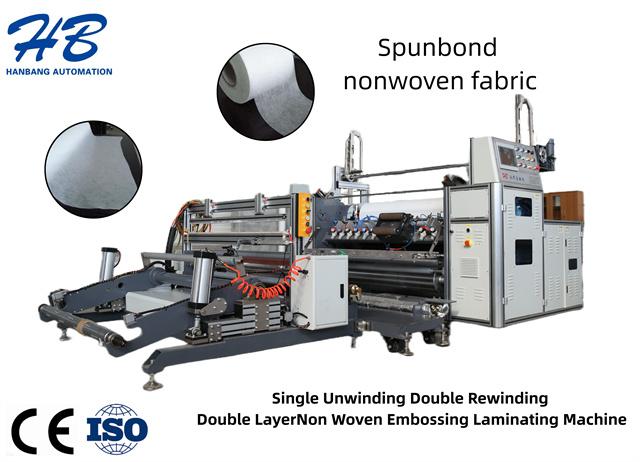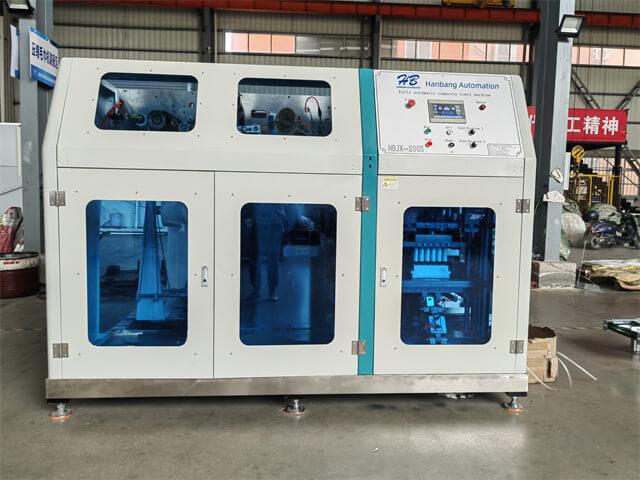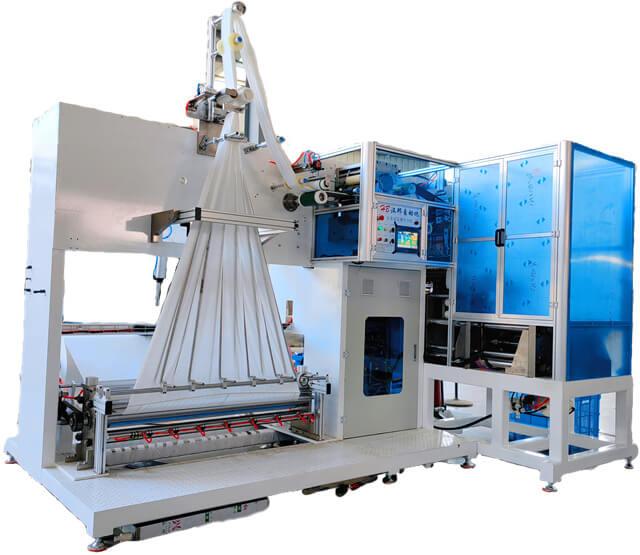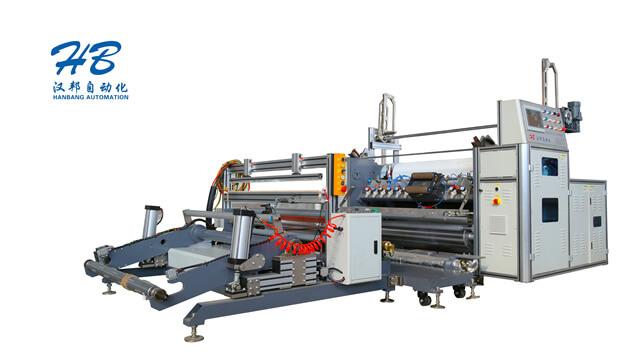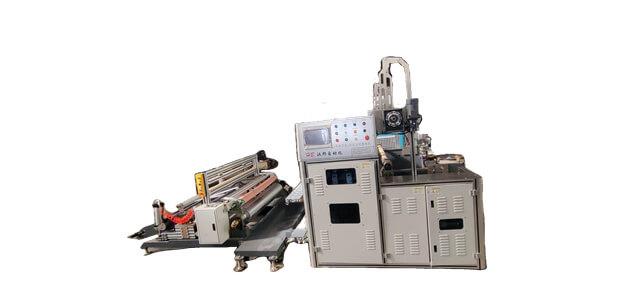Author:HB Nonwoven MachineryFROM:Compressed Towel Machine Manufacturer TIME:2023-11-15
The non woven fabric roll cutting machine is an essential equipment in the diaper and sanitary napkin industry. It is used to cut rolls of non woven fabric into individual pieces for further processing. Proper installation of this machine is crucial to ensure its optimal performance and longevity. In this article, we will guide you through the installation steps for a non woven fabric roll cutting machine.
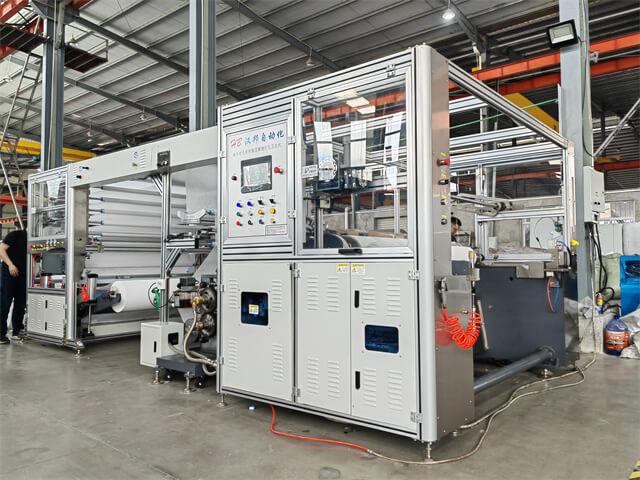
The first step is to prepare the installation area for the machine. Make sure the floor is clean and level. Clear any debris or obstacles that may obstruct the installation process. Ensure that there is enough space for the machine to operate efficiently.
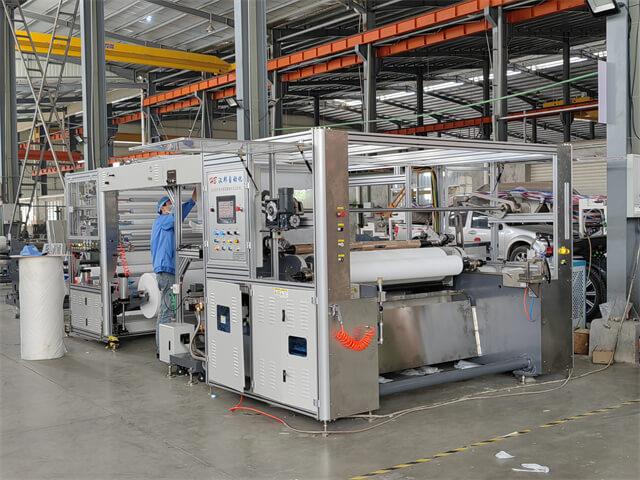
Unpack the machine carefully and inspect it for any signs of damage during transportation. Check if all the components and accessories are included as specified in the manual. If there are any missing or damaged parts, contact the manufacturer for replacements.
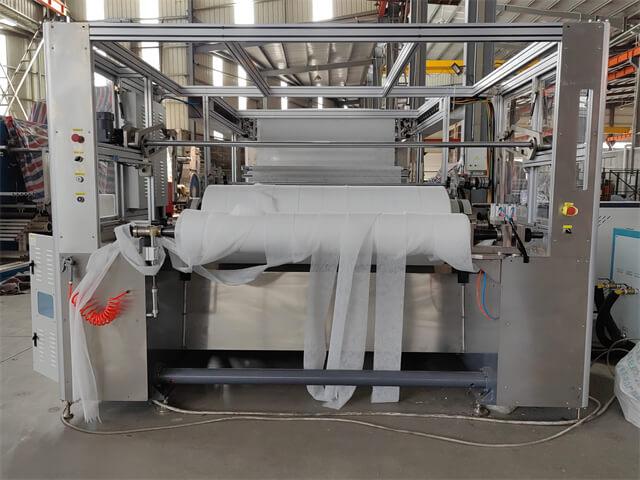
Install the cutting blade according to the manufacturer's instructions. Ensure that it is securely fastened. Use precision tools to align the blade accurately to guarantee clean and precise cuts.
Connect the machine to the power supply and utilities, such as compressed air and water, if required. Follow the electrical and plumbing diagrams provided by the manufacturer to make the correct connections. Test the power supply and utilities to ensure they are functioning properly.
Set up the machine parameters according to your specific requirements. Adjust the cutting speed, length, and other settings as needed. Refer to the user manual for detailed instructions on adjusting the machine settings.
Before starting full production, perform a test run to ensure that the machine is running smoothly and producing accurate cuts. Check for any abnormal noises, vibrations, or errors during the test run. Make necessary adjustments or repairs if required.
Train the machine operators on how to operate and maintain the non woven fabric roll cutting machine. Provide them with thorough instructions and safety guidelines. Emphasize the importance of regular maintenance to prolong the machine's lifespan.
Establish a regular maintenance and inspection schedule for the machine. Clean the components, lubricate moving parts, and replace any worn-out or damaged parts. Regularly inspect the machine for signs of wear and tear. Address any issues promptly to avoid significant downtime.
In conclusion, the installation of a non woven fabric roll cutting machine requires careful preparation, proper alignment, and thorough testing. By following the steps outlined in this article, you can ensure a smooth and successful installation. Remember to provide ongoing maintenance and training to maximize the machine's efficiency and lifespan.
